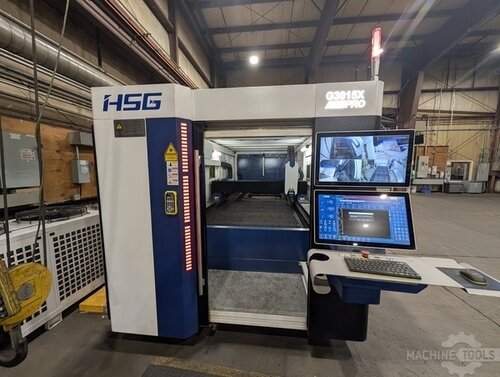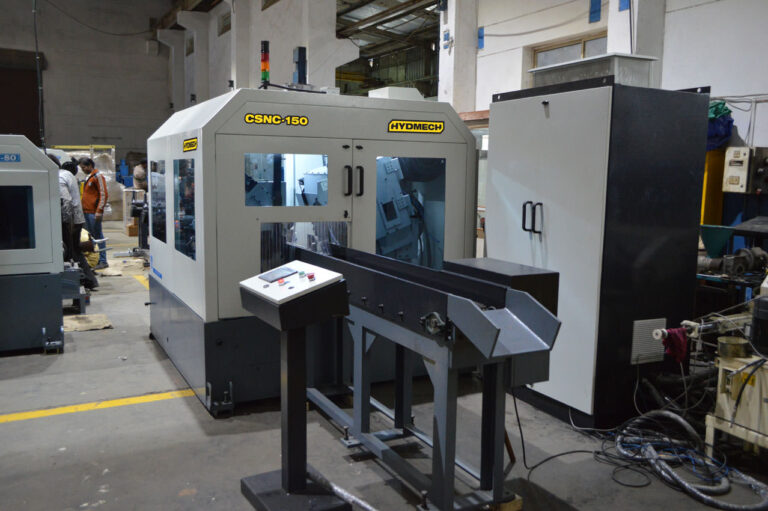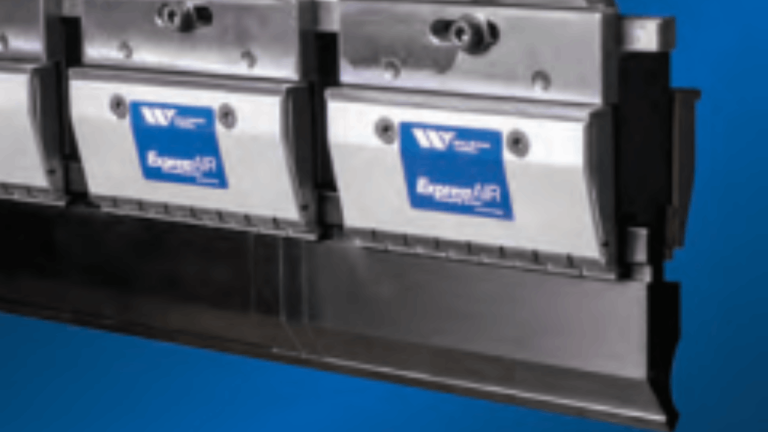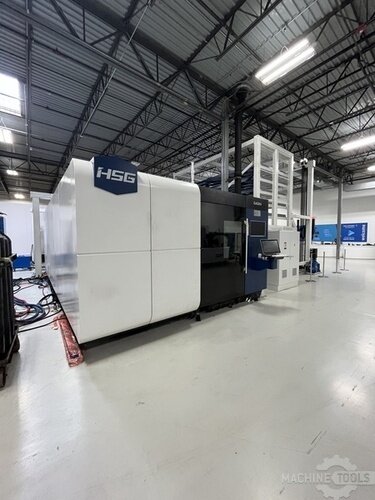In the ever-evolving landscape of automotive manufacturing, the quest for precision, efficiency, and innovation is relentless. As the Vice President of Sales at Mac-Tech, I have witnessed firsthand the transformative power of technology in reshaping industries. Among these groundbreaking advancements, welding lasers stand out as a pivotal force in revolutionizing auto manufacturing. With a commitment to honesty and a consultative approach, I aim to shed light on how welding lasers are not just tools but catalysts for change in the automotive sector.
Transforming Auto Manufacturing with Laser Precision
The automotive industry has long been a bastion of innovation, constantly seeking ways to enhance production processes and product quality. Welding lasers have emerged as a game-changer, offering unparalleled precision that traditional welding methods simply cannot match. By focusing a concentrated beam of light to join materials, welding lasers ensure a level of accuracy that is crucial in the production of modern vehicles. This precision not only enhances the structural integrity of automobiles but also allows for the creation of complex designs that were previously deemed impossible.
Moreover, the integration of welding lasers into auto manufacturing processes has led to significant improvements in production speed and efficiency. Unlike conventional welding techniques, which can be time-consuming and labor-intensive, laser welding is a swift and automated process. This automation reduces the margin for human error and increases throughput, enabling manufacturers to meet the growing demand for vehicles without compromising on quality. As we continue to embrace these technological advancements, the role of welding lasers in transforming auto manufacturing becomes increasingly indispensable.
The Future of Welding: Lasers in Auto Production
As we look towards the future, the role of welding lasers in auto production is set to expand even further. The automotive industry is on the cusp of a new era, driven by the need for sustainable and lightweight vehicles. Welding lasers are uniquely positioned to meet these demands, offering the ability to join dissimilar materials such as aluminum and steel with ease. This capability is crucial in the production of electric vehicles, where weight reduction is paramount to improving energy efficiency and performance.
Furthermore, the adaptability of welding lasers makes them an ideal solution for the evolving needs of auto manufacturers. With advancements in laser technology, manufacturers can now customize welding processes to suit specific applications, whether it’s creating intricate components for luxury vehicles or robust structures for commercial trucks. This flexibility ensures that welding lasers will remain at the forefront of automotive innovation, paving the way for a future where vehicles are not only more efficient but also more environmentally friendly.
Enhancing Efficiency with Laser Welding Technology
Efficiency is the cornerstone of modern manufacturing, and laser welding technology is a testament to this principle. By streamlining the welding process, lasers significantly reduce production times and operational costs. This efficiency is achieved through the precision and speed of laser welding, which minimizes material waste and reduces the need for post-weld processing. As a result, manufacturers can allocate resources more effectively, focusing on innovation and quality improvement rather than rectifying errors.
In addition to operational efficiency, laser welding technology also enhances the overall quality of automotive products. The precision of laser welding ensures consistent welds, which translates to improved durability and safety of vehicles. This consistency is particularly important in the automotive industry, where even the smallest defect can have significant repercussions. By investing in laser welding technology, manufacturers are not only optimizing their production processes but also reinforcing their commitment to delivering superior products to their customers.
VECTIS AUTOMATION COBOT WELDING SYSTEM
IPG LIGHTWELD LASER WELDING & CLEANING SYSTEMS
Welding Lasers: The Key to Automotive Innovation
Innovation is the lifeblood of the automotive industry, and welding lasers are at the heart of this innovation. By enabling the creation of complex and lightweight structures, welding lasers are driving the development of next-generation vehicles. This innovation is not limited to the vehicles themselves but extends to the manufacturing processes, where lasers are being used to automate and optimize production lines. This automation is crucial in maintaining competitiveness in a rapidly changing market, where efficiency and adaptability are key.
Moreover, welding lasers are instrumental in supporting the automotive industry’s shift towards sustainability. By facilitating the use of lightweight materials and reducing energy consumption during production, lasers are helping manufacturers reduce their environmental footprint. This alignment with sustainability goals is not only beneficial for the planet but also resonates with consumers who are increasingly prioritizing eco-friendly products. As we continue to explore the potential of welding lasers, their role in driving automotive innovation becomes ever more apparent.
In conclusion, welding lasers are not just a technological advancement; they are a revolution in auto manufacturing. By enhancing precision, efficiency, and innovation, they are reshaping the industry and setting new standards for quality and sustainability. At Mac-Tech, we are committed to helping our clients harness the power of welding lasers to achieve their manufacturing goals. If you’re ready to explore how welding lasers can transform your production processes, I invite you to reach out and discover the possibilities.
FAQ
What are the main advantages of using welding lasers in automotive manufacturing?
Welding lasers offer unparalleled precision, speed, and efficiency, which enhance the structural integrity and quality of vehicles while reducing production times and costs.
How do welding lasers contribute to the production of electric vehicles?
Welding lasers enable the joining of dissimilar materials, such as aluminum and steel, which is crucial for creating lightweight structures essential for electric vehicles.
Can welding lasers be customized for different automotive applications?
Yes, advancements in laser technology allow for customization of welding processes to suit specific applications, ensuring flexibility and adaptability in production.
How do welding lasers support sustainability in the automotive industry?
By facilitating the use of lightweight materials and reducing energy consumption, welding lasers help manufacturers lower their environmental impact.
Are welding lasers suitable for all types of automotive manufacturing?
Welding lasers are highly versatile and can be adapted for a wide range of applications, from luxury vehicles to commercial trucks, making them suitable for various manufacturing needs.
Get Weekly Mac-Tech News & Updates








